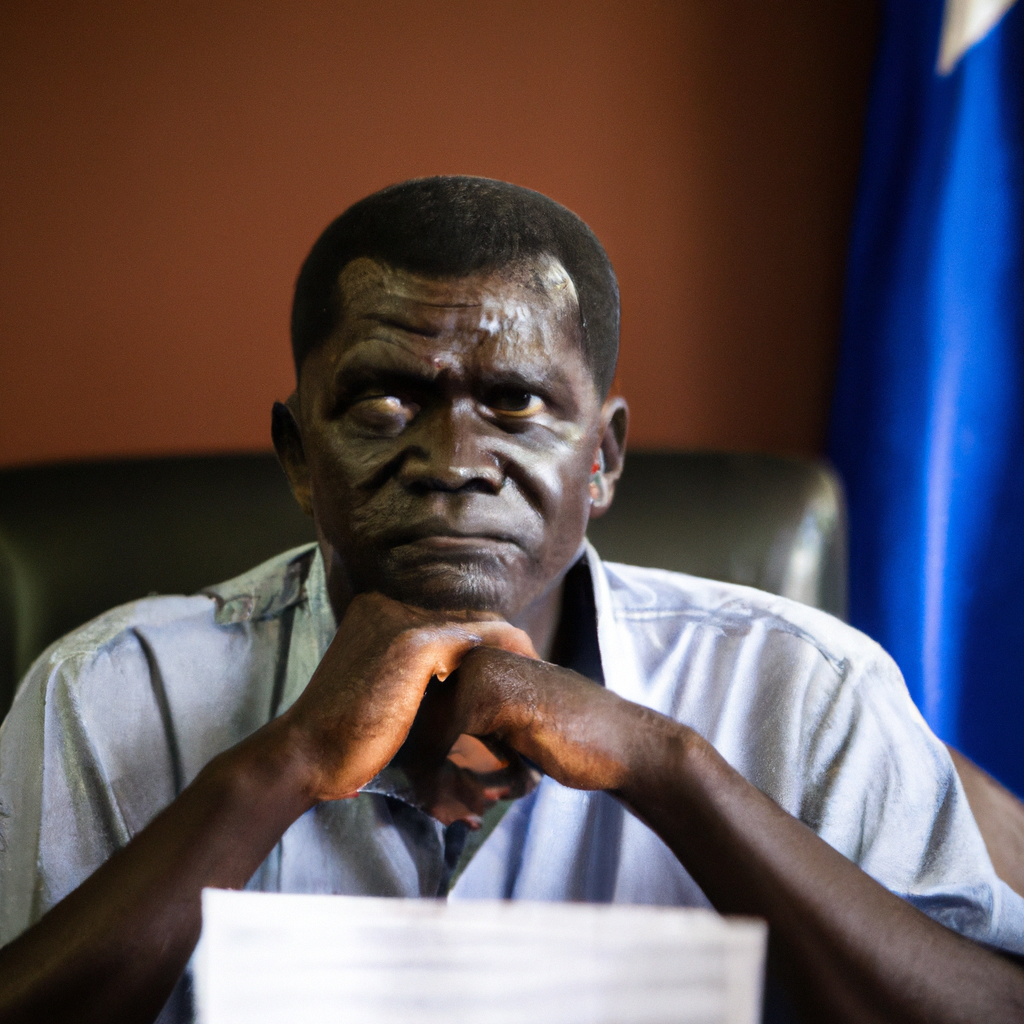Recent reports highlight the unique opportunity to observe the critically endangered mountain gorillas in the Bwindi Impenetrable National Park, Uganda. Renowned for being one of the last remaining habitats for these magnificent creatures, the park is witnessing an uptick in visits as conservation efforts gain traction. With an estimated population of around 459 mountain gorillas residing in Uganda, the chance to view these primates in their natural environment offers both adventure and a chance to contribute to conservation efforts. Tourists are increasingly engaged in eco-tourism activities that directly support local communities and the preservation of these endangered species.
Significance of Gorilla Trekking in Uganda
Gorilla trekking is not only a major draw for international tourists but also a significant contributor to Uganda’s economy. Visitors are required to pay a permit fee, which can go up to $700 for a one-day trek. This fee is crucial as it funds conservation initiatives and community development projects. The increased revenue is reinvested into protecting the habitat of the mountain gorillas while simultaneously providing livelihoods for nearby communities.
In Bwindi Impenetrable National Park, there are now over 20 habituated gorilla groups that can be visited by tourists. This has enhanced the overall experience, allowing trekkers to observe behaviors and interactions in a natural setting. The available guided tours contribute not only to the enjoyment of visitors but also to educating them about the importance of wildlife conservation. Local guides have undergone extensive training to ensure visitors enjoy a safe and informative experience while learning about the gorillas and their habitats.
Community Involvement and Conservation Efforts
The role of local communities in gorilla tourism cannot be overstated. Community engagement is a fundamental aspect of the conservation strategy, as local people are often the primary stewards of wildlife habitats. Initiatives such as the Bwindi Impenetrable National Park’s Community Conservation program work towards promoting sustainable practices that benefit both the environment and the community.
Residents are encouraged to support conservation by participating in eco-friendly practices. This includes:
- Selling handicrafts to tourists
- Engaging in sustainable agriculture
- Participating in community-led conservation projects
By providing alternatives to poaching and habitat destruction, these initiatives foster a sense of ownership among locals, thus enhancing the chances of species survival.
The Future of Gorilla Conservation in Uganda
Conservationists emphasize the importance of maintaining the delicate balance between tourism and the natural environment. As visitations increase, there is a heightened need to develop further sustainable tourism practices. Ensuring minimal disturbance to the mountain gorillas is vital for their ongoing survival. Stakeholders in Uganda’s tourism sector are tasked with something crucial: preserving the exceptional biodiversity that the region is famous for while accommodating tourist interest.
Government and conservation organizations are actively working to enhance the infrastructure around the parks, ensuring that tourism growth does not compromise conservation efforts. These moves are essential to maintaining the delicate ecosystems that support the mountain gorillas and their local habitats.
Conclusion and Implications for Tourists and Conservationists
The opportunity to encounter mountain gorillas presents a significant moment for tourists and conservationists alike. The intersection of adventure and conservation highlights Uganda as a premier destination for eco-tourism. With the right approach, the revenue generated from tourism can significantly bolster conservation efforts, benefiting both the endangered gorillas and local communities.
As Uganda continues to promote its rich wildlife heritage, the synergy between tourism and conservation must remain a top priority. Each trek contributes to safeguarding one of the world’s most critical ecosystems, ensuring this incredible species has a future. Tourists are encouraged not just to appreciate the natural beauty but to also participate in the wider mission of fostering conservation initiatives that will benefit generations to come.








